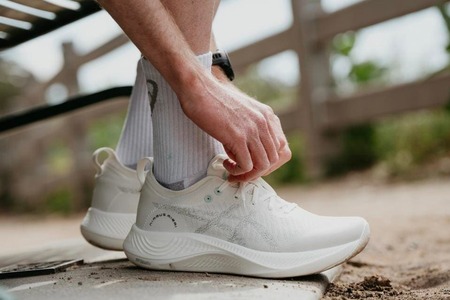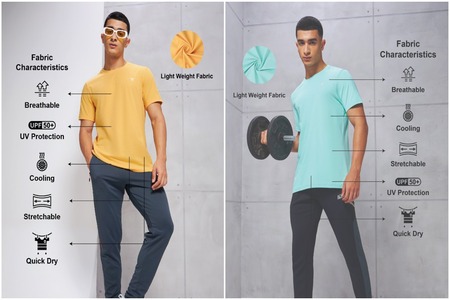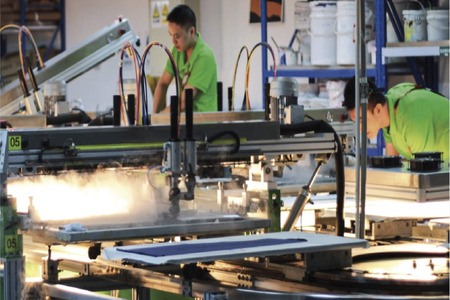
Aerospace materials becoming more recurrent in fashion
YarnsandFibers News Bureau 2017-07-19 15:00:00 – LondonIn 2017, the Fashion & Aerospace Round Table – a series of presentations delineating the convergence of the fashion and aerospace industries, hosted by Starkweather outerwear – had it’s debut. Fashion has long been inspired by the aerospace sector on a more general level but now designers taking inspiration from aerospace materials, have become more and more recurrent over recent years.
They are used as attractive and marketable selling points within luxury products such as sports cars, handbags and clutches. Indeed, an accessory made of an aerospace-grade material is often assumed to have the same durability, aesthetic, toughness and strength as a spacecraft skin.
Composite materials and laminates are already ubiquitous in fashion, such as within waterproof Gore-Tex or (more recently) smart textiles, which can change colour depending on temperature, pressure or humidity, and have been utilised by designers such as The UNSEEN. Kevlar – often used within composites – is yet another famous example of an impact-resistant material. Used in fashion, it is often woven into gloves, helmets, vests and jackets, and enables the creation of bulletproof surfaces (with obvious military applications).
A similar bulletproof concept has been adopted and adapted by phone casing manufacturers, who have developed various fashion accessories that are impact-resistant. Their phone covers are made of carbon-fibre composites, a material class used in high-temperature applications (including the leading edges of a spacecraft). Carbon-fibre-based materials can be woven together, and are much lighter than their bulky counterparts. By weaving or using carbon adhesives to join together two pieces of fabric, there is no need for the use of sutures or seams within the garment; this thereby reduces the weight of the fabric, and being restricted to creating block-like shapes.
Shape-memory alloys (SMA) – a third, significantly more advanced class of materials – are used within aircraft hydraulic systems, as well as more innovative concepts such as deformable wings and fuselage. Fashion has, however, also found clever uses for them in the creation of healing textiles, and humidity-reactive garments.
The principles of aerodynamics have influenced designers to create smooth and continuous lines, and the manufacture of garments through 3D printing technologies and additive manufacturing have provided a way of reducing emissions. Richard Wool – inspired by ‘’aerospace engineering’’ and ‘’highly complex materials’’ – is a key example of this, having created an eco-leather composed of layers of flax, corn and soybeans (with the goal of reducing the carbon footprint of garment manufacture).
Aerospace materials mainly consist of high-performance alloys and superalloys, commonly used in fields where metallurgy is predominant.
Market Intelligence
Ask for free sample Report

experience
Customer Base
dedicated team
Countries Served Worldwide









